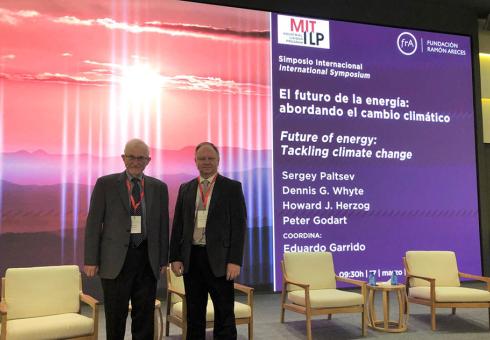News + Media
News Brief
MIT Joint Program
MIT Joint Program Deputy Director Sergey Paltsev explores technology and policy options at international energy symposium
Around Campus
MIT News
Faculty leaders detail promising technologies, materials, and methods that could help unlock a low-carbon future in sectors where emissions are hardest to cut


